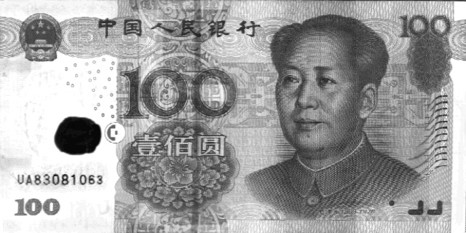With the growing demands of the financial industry for cash circulation quality, automatic grading of banknote conditions has become an important research direction for banks, automated teller machines (ATMs), and cash management systems. During circulation, banknotes are subject to wear, soiling, and creasing, leading to changes in their physical appearance and making precise classification particularly challenging. To address this issue, this project proposes a banknote condition grading method that integrates image detection and processing, feature extraction, and multi-classifier decision-making, aiming to enhance the accuracy and stability of automated evaluation. Specifically, this project first acquires high-resolution images of banknotes through a real-time image acquisition system and optimizes image quality using detection and processing techniques (such as noise removal, edge enhancement, and contrast adjustment), ensuring clearer details of the banknotes. Next, key information such as wear levels, crease distribution, and texture changes on the banknote surface is extracted using feature point analysis and the Gray-Level Gradient Co-occurrence Matrix (GLGCM) method to quantify the condition of the banknotes. Finally, a multi-classifier based on Directed Acyclic Graph Support Vector Machine (DAG-SVM) is employed for condition classification, accurately assessing multiple levels of banknote conditions ranging from brand new to severely worn. The innovations of this project lie in: 1) integrating image detection and processing technologies to optimize banknote image quality and improve the precision of surface detail analysis; 2) using the gray-level gradient co-occurrence matrix method to effectively quantify surface wear and creases on banknotes, enhancing classification discrimination; and 3) implementing multi-level classification based on DAG-SVM to accurately grade the condition of banknotes, thereby improving the automation and adaptability of the system. The experimental results show that the proposed method achieves a classification accuracy of 92% for banknote conditions across multiple datasets, with significant improvements in classification precision and stability compared to traditional methods. This research provides strong technical support for intelligent assessment of banknote circulation quality and can be widely applied in banks, ATM devices, and cash management systems.

